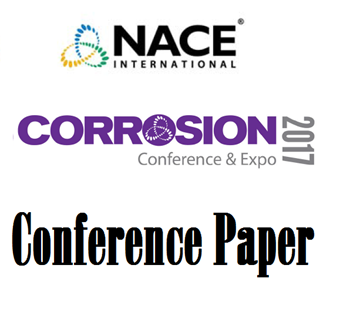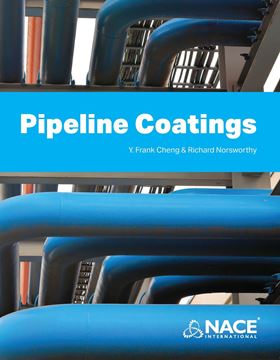Search
Products tagged with 'sulfide stress cracking'
View as
Sort by
Display
per page
NACE TM0316-2016, “Four-Point Bend Testing of Materials for Oil and Gas Applications”
Product Number:
21404-SG
Publication Date:
2016
$179.00
New Axially Loaded Full Ring Test Method for Assessment of Susceptibility of Girth Welds and Parent Pipe to Sour Service Cracking
Product Number:
51317--8965-SG
ISBN:
8965 2017 CP
Publication Date:
2017
$20.00
New Insights On Groove Criticality Formed Onto Carbon Steel After Sulfide Stress Cracking Test
Product Number:
51322-17871-SG
Publication Date:
2022
$20.00
OLAC (On-Line Accelerated Cooling)-based X65 Linepipe with low surface hardness for Severe Sour Environment
Product Number:
51321-16387-SG
Publication Date:
2021
$20.00
Optimization of Side-Groove Configuration On DCB Test
Product Number:
51317--9102-SG
ISBN:
9102 2017 CP
Publication Date:
2017
$20.00
Qualification of Seamless X60QOS and X65QOS Line Pipe Grades for Extreme Sour Service Conditions with Partial Pressure of H2S beyond 1 Bar
Product Number:
MPWT19-15127
Publication Date:
2019
$0.00
Qualification of seamless X60QOS and X65QOS linepipe grades for extreme sour service conditions with partial pressure of H2S beyond 1 bar
Product Number:
51320-14585-SG
Publication Date:
2020
$20.00
RP0296-2004 (Chinese), Guidelines for Detection, Repair, and Mitigation of Cracking of Existing Petroleum Refinery Pressure Vessels in Wet H2S Environments
Product Number:
21115-SG
ISBN:
1-57590-013-0
Publication Date:
2004
$179.00
Should Socket Welds Be Used In Sour Service Process Environments And What Are The Quality Control Requirements?
Product Number:
51321-16536-SG
Publication Date:
2021
$20.00
Sour Service Qualification of Carbon Steels (SMYS 450 MPa) and Their Welds Considering Field H2S Fugacity / Dissolved H2S Concentration - Qualification at Design and Atmospheric Pressure
Product Number:
51324-20609-SG
Publication Date:
2024
$40.00












